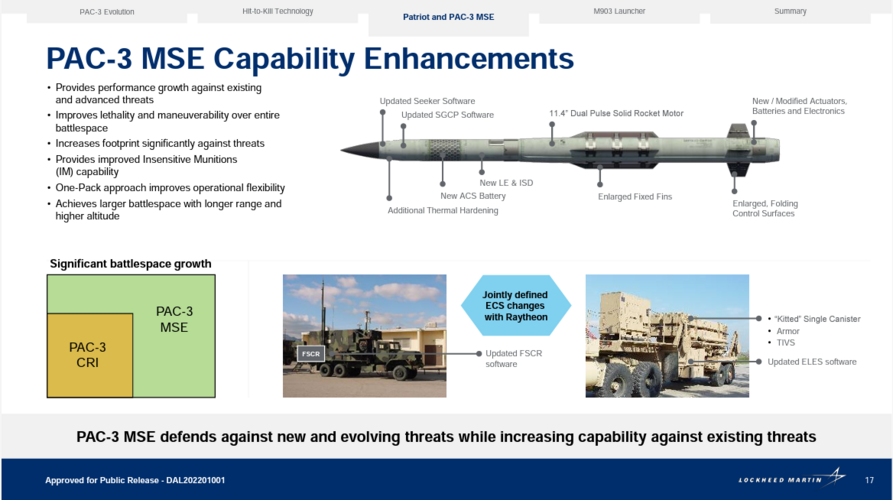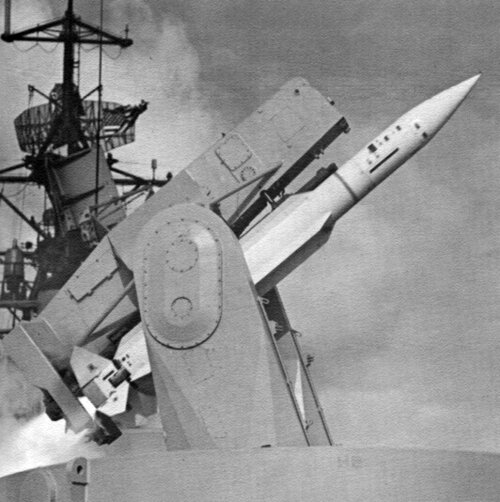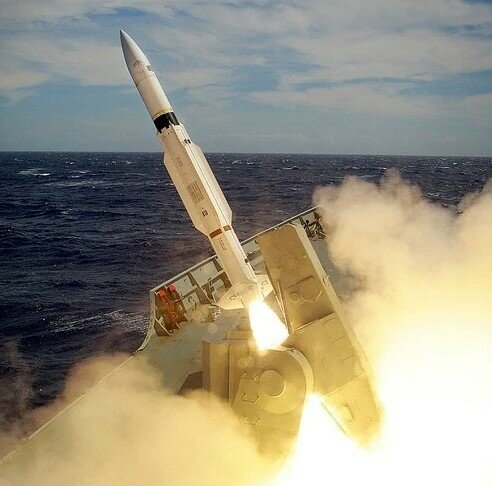Scott Kenny
ACCESS: USAP
- Joined
- 15 May 2023
- Messages
- 11,553
- Reaction score
- 14,186
Hrm. that's not a detail I'd seen before. I'd seen PAC3 at 10" and MSE at maybe 11".I was seeing PAC3MSE as a replacement for ESSMs.
And it should be a pretty easy thing to do, the PAC3MSE is right at 10"ish in diameter already.
It's not. MSE is 12 inches in diameter, which means it will not quadpack into a Mk41 canister.
It also costs much more than ESSM -- ESSM is around $2 mil, MSE is more than $4 mil.
Cost is honestly a "whatever" to me, if that's what it costs to get the capabilities that's what it costs.






